
To the death of Karljosef Schattner
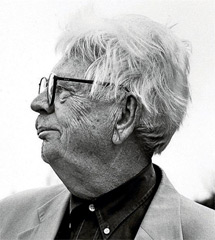 |
| Klaus Kinold, Munich |
Karljosef Schattner was from Gommern near Magdeburg. After a severe war injury, he began studying architecture at the Technical University of Munich at the age of 25, where he was most influenced by Hans Döllgast and Franz Hart, who skillfully managed to integrate new architecture into historical environments. The contrast between old and new was Schattner's lifelong theme, which was facilitated by the diocesan building authority of the Catholic diocese in Eichstätt, which he led from 1957 until his retirement in 1991. From 1972, Schattner also took over the management of the university's building authority at the Catholic University of Eichstätt. This uninterrupted long period allowed Schattner's architecture to develop and build upon itself. Initially, he worked with moderate post-war regional modernism marked by brutalism, which is best seen in his early university buildings or churches from the early 1960s. However, he dedicated the greatest attention to the restoration and reconstruction of the baroque historic center of Eichstätt, where Schattner's additions clearly correspond to contemporary needs and values. In his approach to individual tasks, he was often compared to the Italian architect Carlo Scarpa. In many of his buildings, the direct influence of the 'Ticino School' is also evident, to whose main representative Luigi Snozzi Schattner felt a strong bond. As the head of the building authority, he also invited a number of other prominent architects to Eichstätt (e.g. university library by Günter Behnisch). Schattner's unusual church buildings initially faced harsh criticism. Many found his modern contributions to the historical environment too intrusive. Schattner responded to these criticisms by stating that he did not want to overshadow the historical substance, but instead “to construct something distinct against it, so that a future could be offered to the past.” Without Schattner's sometimes radical interventions, many old structures would not have been preserved to this day. He renounced reconstructions. According to him, adaptations or beautifully wrapped imitations devalue historical architecture.
Little was known about his work until the late 1980s. After receiving recognition from a wider expert audience, he was invited as a visiting professor to Zurich or Darmstadt and received several awards. In 1993, he also served as the chairman of the competition committee for the reconstruction of the Reichstag building in Berlin.
A memorial mass for Karljosef Schattner was held on Friday, April 13, at 1:45 PM in the Eichstätt cathedral.
More information >
The English translation is powered by AI tool. Switch to Czech to view the original text source.
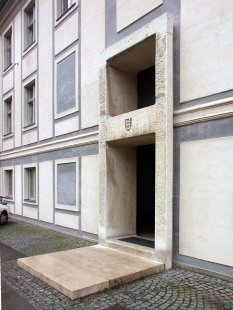

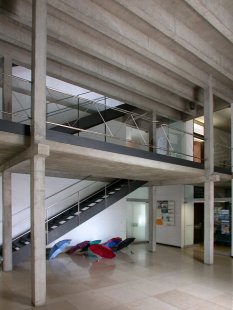
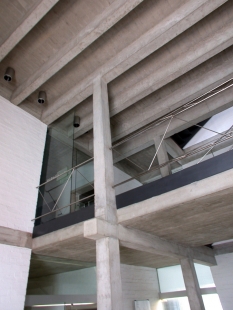
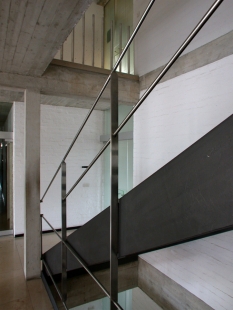
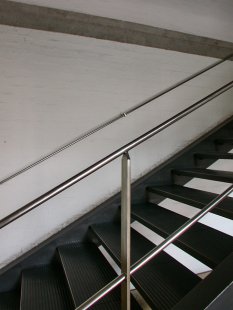
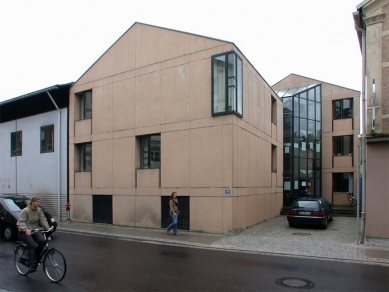
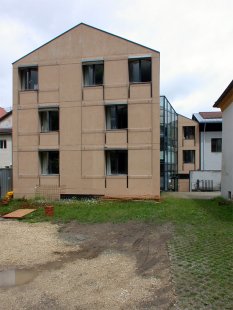
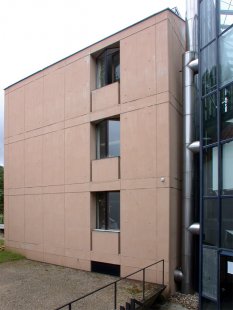
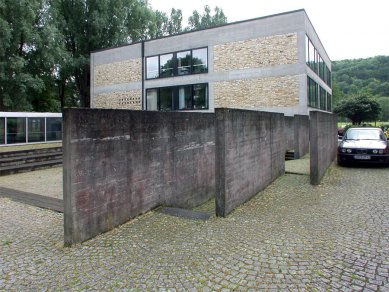
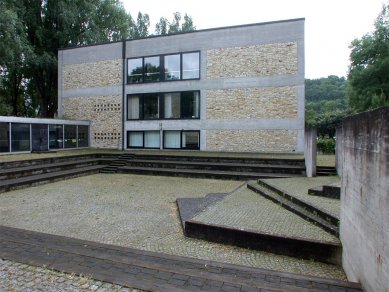
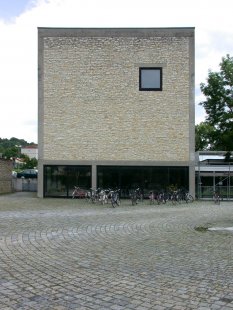
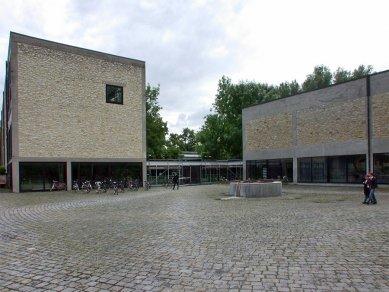
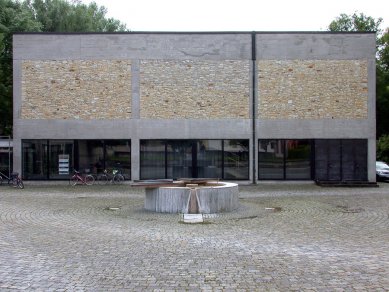
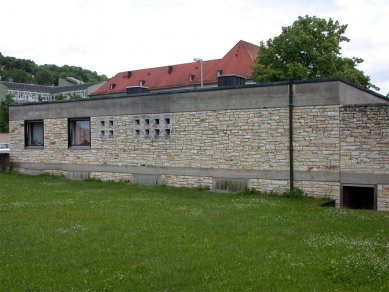

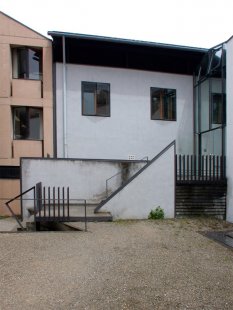
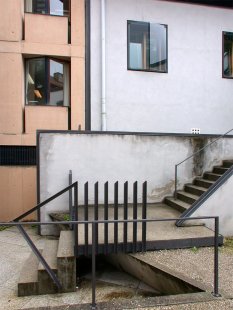
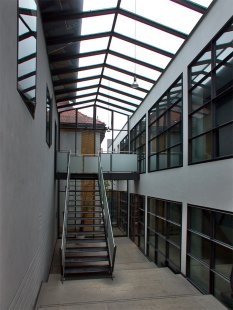
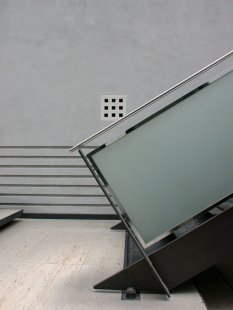
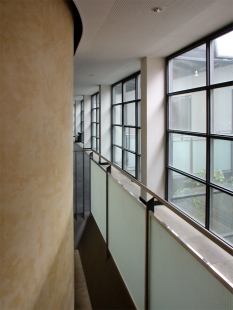
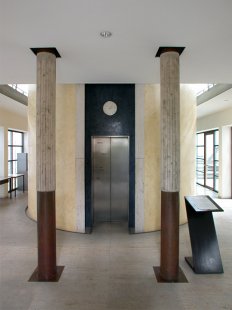
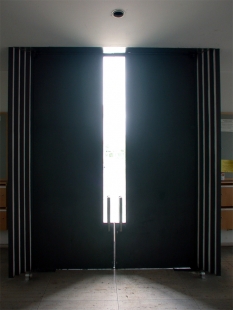
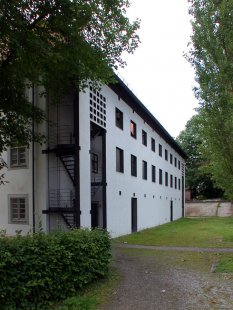
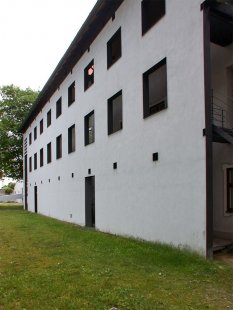
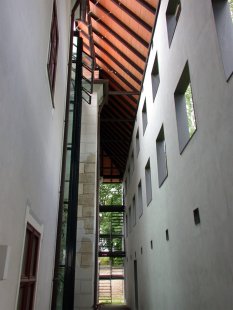
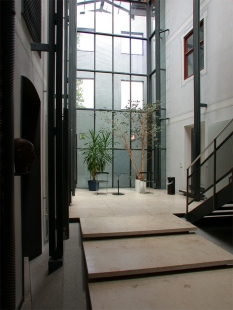
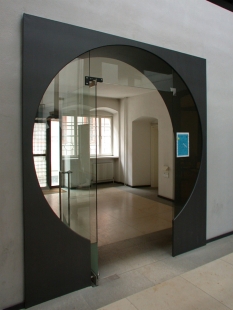

1 comment
add comment
Subject
Author
Date
Eichstätt
Petr Šmídek
15.04.12 05:52
show all comments
Related articles
0
15.02.2024 | To the death of Peter Kulka
0
25.01.2024 | To the death of Heinz Tesár
0
30.12.2022 | To the death of Arata Isozaki
0
11.06.2021 | To the death of Gottfried Böhm
0
24.05.2021 | To the death of Paulo Mendes da Rocha
0
04.04.2019 | To the death of Friedrich Achleitner
0
22.03.2019 | To the death of Marcel Meili
0
20.06.2012 | <h1>About the death of Günther Domenig</h1>
0
25.02.2012 | To the death of Luise M. Mansilla
1
07.01.2012 | To the death of Ricardo Legorreta
0
17.07.2010 | To the death of Günter Behnisch












